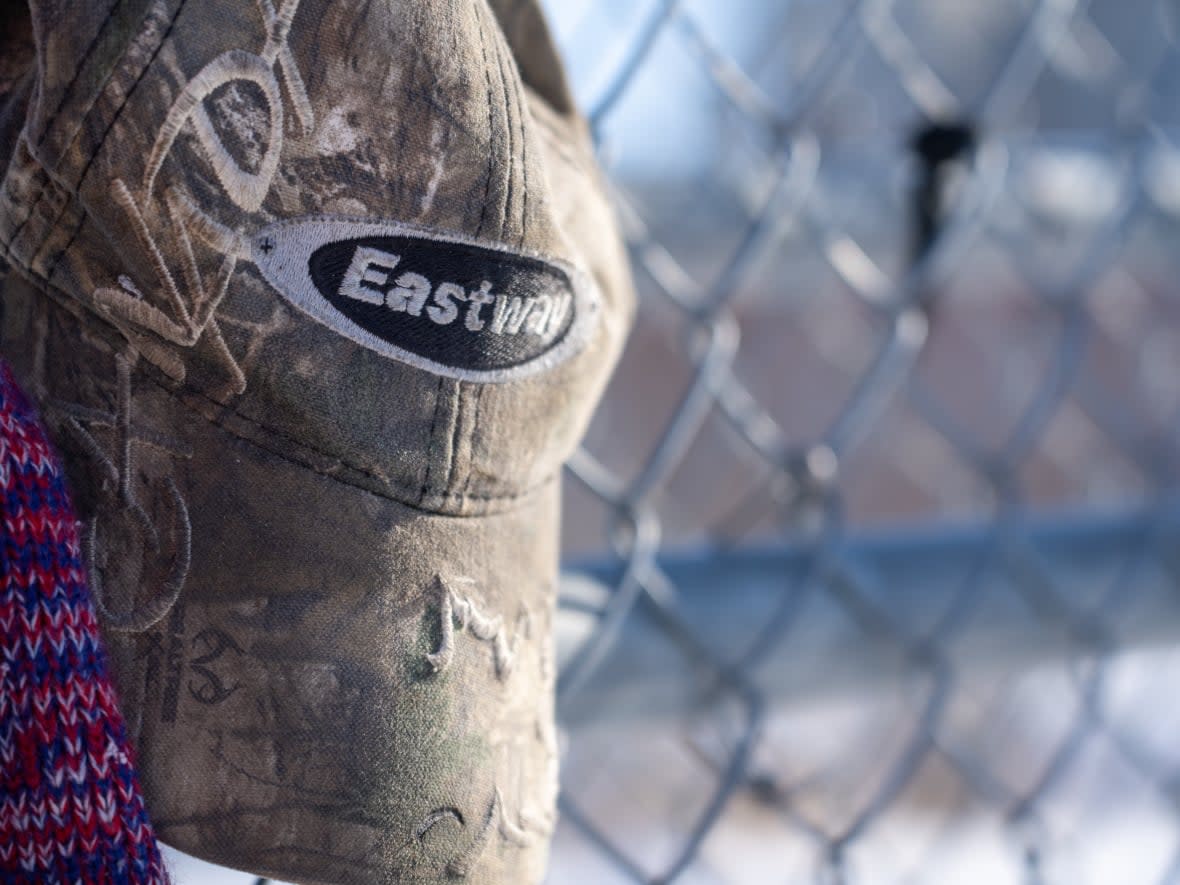Fire marshal investigators narrow down scenarios for what caused Eastway Tank explosion

Ontario's Office of the Fire Marshal says it's one step closer to deducing what caused this past January's deadly blast at Eastway Tank, Pump & Meter Ltd. in Ottawa, but it's unclear when its findings will be shared publicly.
"We're down to, let's say, a couple hypotheses as to what may have caused the explosion," said Mike Rushton, the fire marshal's lead investigator on the Eastway Tank incident.
Six employees were killed at the tanker manufacturers' east Ottawa site after an explosion on Jan. 13: Rick Bastien, Etienne Mabiala, Danny Beale, Kayla Ferguson and Russell McLellan died at the scene, while Matt Kearney succumbed to his injuries in hospital the next day.
It was Ottawa's worst workplace fatality incident in decades.
Louise Martel, Bastien's partner of 10 years, said she's still struggling to understand how her loved one died so suddenly.
"It's kinda frustrating because we don't have answers yet," she said on Tuesday.
WATCH | Widow describes losing 'soulmate and best friend' in Eastway Tank explosion:
'We are going to provide some answers'
In an interview, Rushton said there's some stress that comes with working on cases where grieving family members are impatient for answers.
"I can promise you, we are going to provide some answers," he said, "...that, hopefully, can get taken forward to prevent such an event from happening [again]."
Without providing specifics on the investigation's findings so far, Rushton outlined some of the complications encountered.
The Office of the Fire Marshal has about 30 scene investigators working across the province on cases involving deaths. The caseload has at least doubled since the start of the pandemic, Rushton said.
Approximately half of those scene investigators were immediately dispatched to the Eastway Tank site, he said. A concrete roof had caved in after the explosion and the initial investigation happened in tandem with the extraction of bodies from the site, Rushton said.
Investigators collected statements from 20 or so employees who were working at Eastway Tank when the explosion happened, and from many other public witnesses.
"Usually we get a good sense of what's going on from that initial part and that's why we respond as quickly as we do," Rushton said.
Interviews in investigations like these can be delayed if witnesses need time to recover from injuries.
"They may be sent to a burn ward, for example, or the hospital for assessment. We try and let that process play out."
After hearing from witnesses, "then we try and look at the physical side."
The average fire scene has one to two pieces of evidence that may be collected, identified and analyzed, for factors like signs of accelerants, he said. In this case, Eastway Tank had closer to 50 pieces, Rushton said.

Samples were shipped to the fire marshal's main office in Toronto and analyzed in-house, while others were forwarded for analysis to the nearby Centre of Forensic Sciences.
"Our investigative process is effectively fact-checking many aspects of that story we get [from witnesses]," Rushton said. "We want to make sure that we have analyzed all our samples, looked at all our evidence and corroborated every piece of information ... because once it's out, we don't get an opportunity to go back in and change it."
Other agencies, including the Ministry of Labour and the Ottawa Police Service, are also investigating what happened at Eastway and will draw their own findings.
But "it's unlikely that they would reach their conclusion until they see our conclusion," Rushton said.
Asked on Tuesday whether the groups will collectively release their findings, and when, a spokesperson for the Office of the Fire Marshal said discussions continue as to how and when information will be shared to update the public.
Agencies try to keep families updated in the meantime, Rushton said, "But at some point, due diligence needs to meet public obligation, and that's kind of the sweet spot that needs to be found."

 Yahoo Movies
Yahoo Movies 
